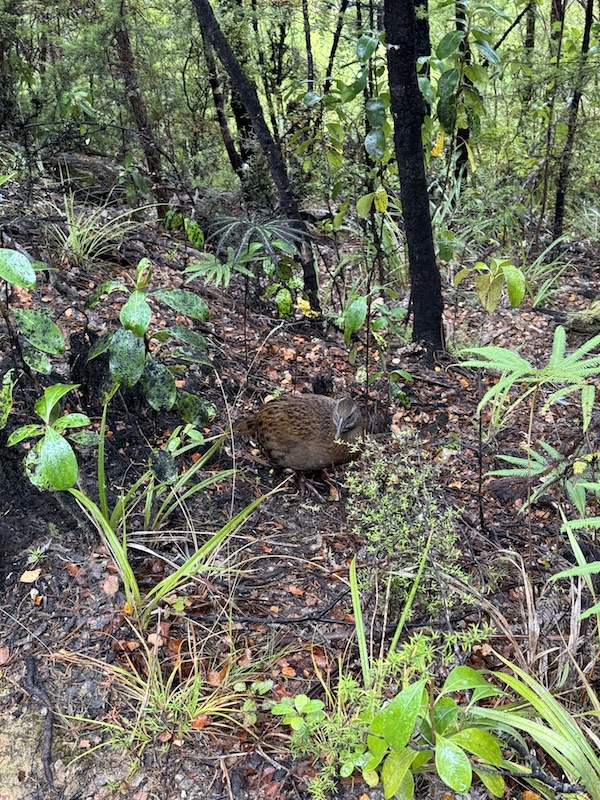BY HARRY WEEKES
In the realm of Science fiction and fantasy, we get to see the world as it might be in any number of scenarios—if all animals could talk, if there was life on other planets, if people had superpowers. Occasionally, the real world delivers the same experience—the existence of an alternate, or at least alternative, reality.
I got to travel to New Zealand at the end of March. And while it is not true anymore, New Zealand used to be the answer to the question of “What would life be like without mammals?”
OK, a nested series of biological asides. First, there have been mammals in New Zealand, and probably for a very long time; they have bats and pinnipeds. Second, while the New Zealand fur seal is called a seal, it’s actually a sea lion. Third, and final one, sea lions are different than seals because they have external ear flaps.
The point of that brief digression is to gently push in the direction of accuracy and to answer my own questions to people saying, “There weren’t any mammals in New Zealand.” For some reason, people get annoyed when I say, “Aren’t there bats? And what about the sea lions?”
Anyway. Back to the story. For the most part, New Zealand was void of major groups of mammals for a very, very long time. While the flighted and swimmy things could get there, this confined mammals to a small subset of species and opened the door for birds to go bananas, taking over about every available habitat and every available role we normally associate with mammals. From giant grazing moas (who came in at 12 feet and 500 pounds) to the insect-eating iconic kiwis, New Zealand was a place where birds, free of mammalian and reptilian predators and competition, expanded and explored the boundaries of bird-dom.
The introduction of one mammal—humans—naturally messed this up. Not only did we take advantage of naïve birds for our own appetites, we did things like introduce other mammals, from rats and possums, to dogs and cats, to weasels and rabbits. That mammalian legacy endures as many of New Zealand’s native birds have either gone extinct or have been driven close to it.
Yet, total extinction is hard to achieve and biological history is almost impossible to erase. So, a traveler to New Zealand still gets glimpses into an alternate biological path. Enter the weka.
For me, this happened on the edge of a cliff next to Pancake Rocks, a popular tourist stop along the Tasman Sea. Out from a large tunnel in the tussock grass emerged a weka—one of New Zealand’s classic birds. Also called the Māori hen, this bird is chicken sized and does chicken-y things, like dig around eating everything from grass shoots and seeds to insects and other invertebrates. In some ways, then, it is familiar.
But then there’s the things distinctly different. Like the fact that the weka is flightless and has been for so long that there are no obvious wings on the bird walking around (they’re there, they’re just very undeveloped). Also, there’s the fact that weka evolved without serious predators so they tend to come right up to you. If you even extend the smallest gesture, like an outstretched hand, the bird cocks its head and comes in. This is when you appreciate the long bill and the unblinking eye.
The New Zealander next to me looked at the weka and then said in passing, “These things used to come in our house and take the spoons and forks.”
Wekas are common enough that they quickly disappear into the familiar. What was nice about traveling to this strange world on the other side of our planet was getting to see a living example of our fantastical world. Even as we left the weka behind, that perspective is something I can carry with me wherever I go.
Harry Weekes is the founder and head of school at The Sage School in Hailey. This is his 52nd year in the Wood River Valley, where he lives with Hilary and one of their three baby adults—Simon. The other members of the flock are Georgia and Penelope (Georgia recently fledged from Davidson College in North Carolina and Penelope is at Middlebury College in Vermont).



